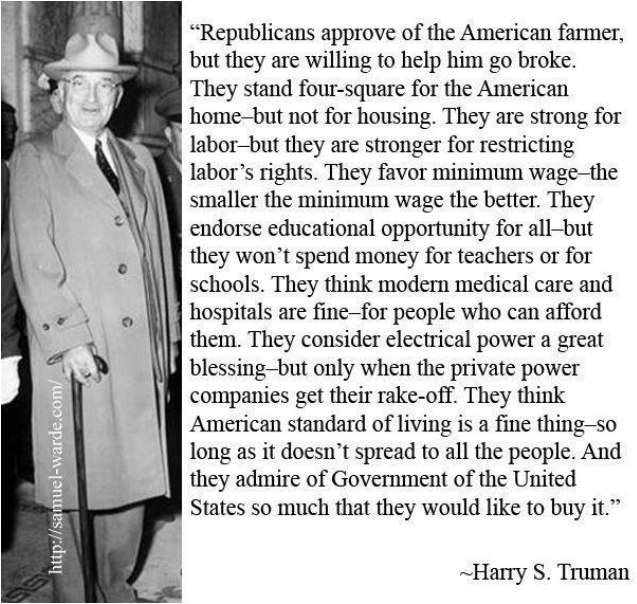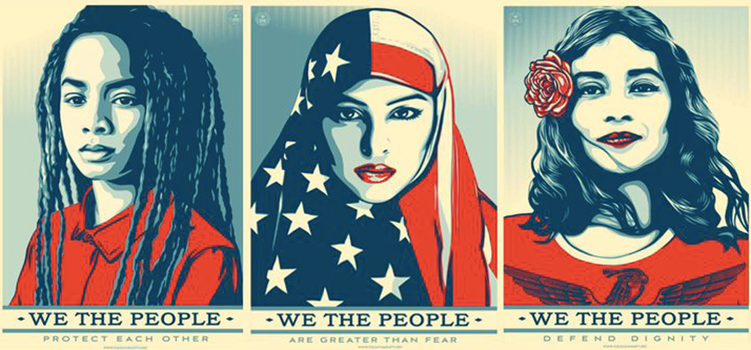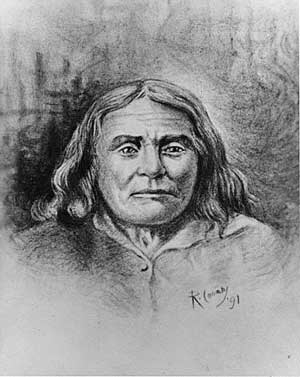THE POSTWAR WORLD WAR II
11.9 Students analyze U.S. foreign policy since World War II.
- Discuss the establishment of the United Nations and International Declaration of Human Rights, International Monetary Fund, World Bank, and General Agreement on Tariffs and Trade (GATT) and their importance in shaping modern Europe and maintaining peace and international order.
- Understand the role of military alliances, including NATO and SEATO, in deterring communist aggression and maintaining security during the Cold War.
- Trace the origins and geopolitical consequences (foreign and domestic) of the Cold War and containment policy, including the following:
- The era of McCarthyism, instances of domestic Communism (e.g., Alger Hiss) and blacklisting
- The Truman Doctrine
- The Berlin Blockade
- The Korean War
- The Bay of Pigs invasion and the Cuban Missile Crisis
- Atomic testing in the American West, the "mutual assured destruction" doctrine, and disarmament policies
- The Vietnam War
- Latin American policy
- List the effects of foreign policy on domestic policies and vice versa (e.g., protests during the war in Vietnam, the "nuclear freeze" movement).
- Analyze the role of the Reagan administration and other factors in the victory of the West in the Cold War.
- Describe U.S. Middle East policy and its strategic, political, and economic interests, including those related to the Gulf War.
- Examine relations between the United States and Mexico in the twentieth century, including key economic, political, immigration, and environmental issues.
11.8 Students analyze the economic boom and social transformation of post-World War II America.
- Trace the growth of service sector, white collar, and professional sector jobs in business and government.
- Describe the significance of Mexican immigration and its relationship to the agricultural economy, especially in California.
- Examine Truman's labor policy and congressional reaction to it.
- Analyze new federal government spending on defense, welfare, interest on the national debt, and federal and state spending on education, including the California Master Plan.
- Describe the increased powers of the presidency in response to the Great Depression, World War II, and the Cold War.
- Discuss the diverse environmental regions of North America, their relationship to local economies, and the origins and prospects of environmental problems in those regions.
- Describe the effects on society and the economy of technological developments since 1945, including the computer revolution, changes in communication, advances in medicine, and improvements in agricultural technology.
- Discuss forms of popular culture, with emphasis on their origins and geographic diffusion (e.g., jazz and other forms of popular music, professional sports, architectural and artistic styles).
Who We AreLorem ipsum dolor sit amet, consectetur adipiscing elit, sed do eiusmod tempor incididunt ut labore et dolore magna aliqua. Ut enim ad minim veniam, quis nostrud exercitation ullamco laboris nisi ut aliquip ex ea commodo consequat.
|
Our HistoryLorem ipsum dolor sit amet, consectetur adipiscing elit, sed do eiusmod tempor incididunt ut labore et dolore magna aliqua. Ut enim ad minim veniam, quis nostrud exercitation ullamco laboris nisi ut aliquip ex ea commodo consequat.
|



